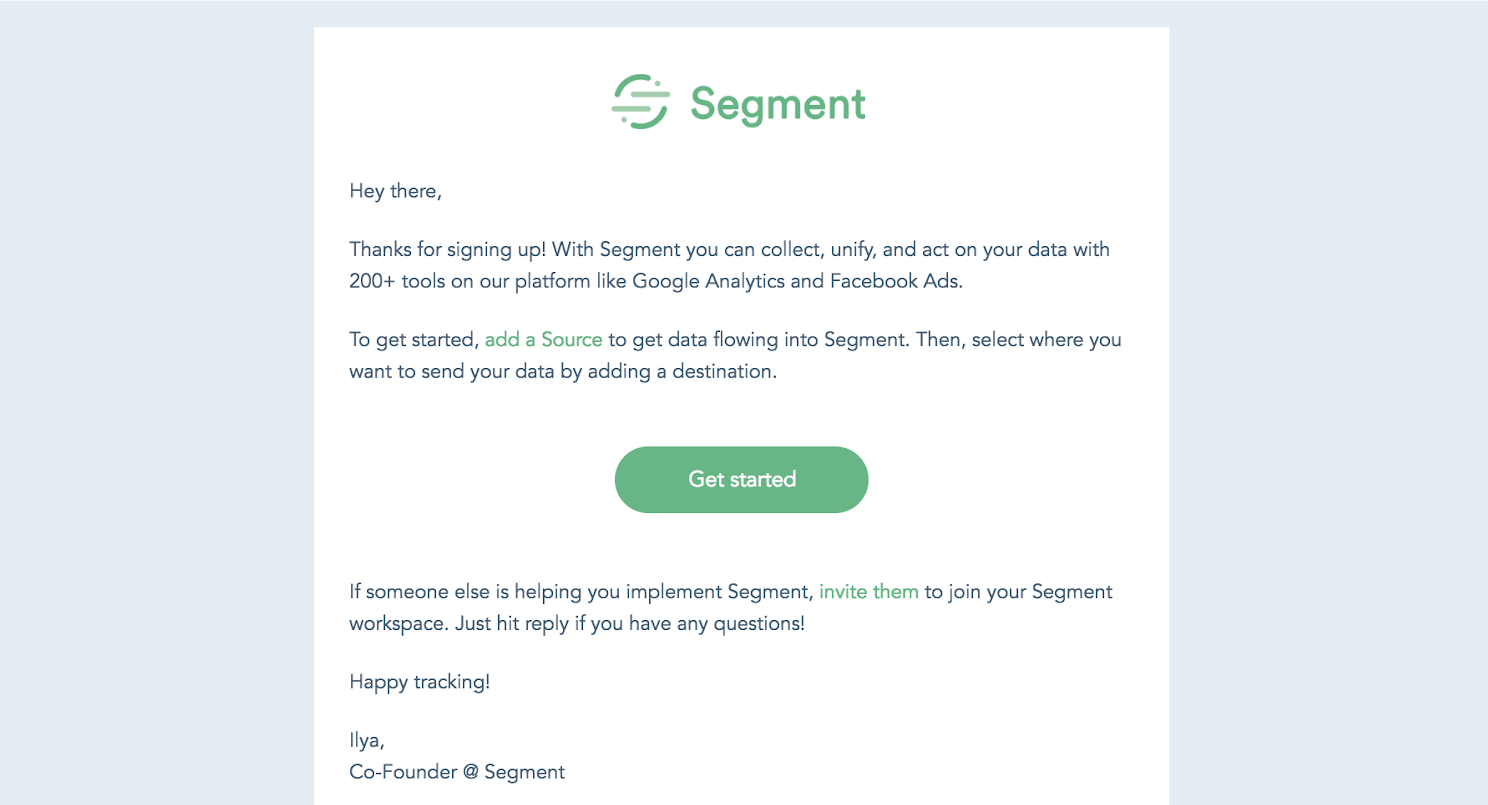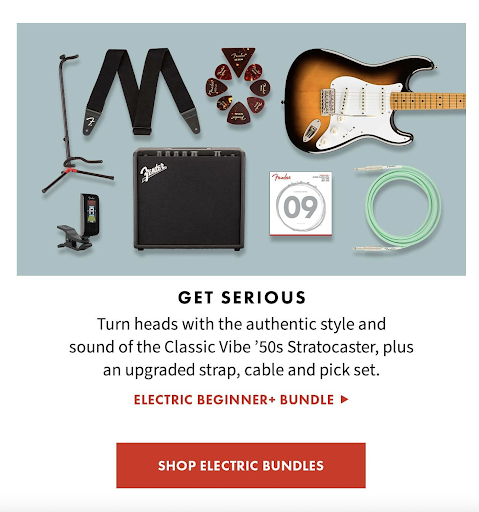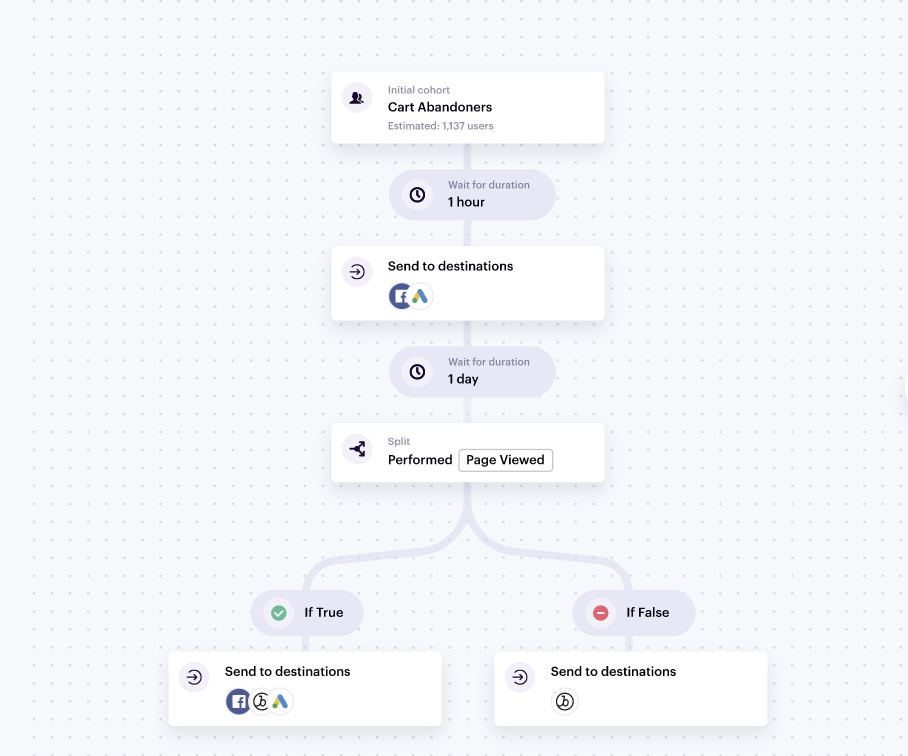How to Harness Data to Perfect Your Email Marketing
We walk through why data is essential for email marketing campaigns, and how to leverage it.
We walk through why data is essential for email marketing campaigns, and how to leverage it.
Email has been a steadfast channel for customer engagement for years now. Millions of people regularly use email. In one survey, 99% of participants said they check their email every day (sometimes up to 20 times a day).
Especially with the rising costs of digital advertising, and the looming phaseout of third-party cookies, email has become an even more important marketing channel – as it opens up a direct line of communication with your customers.
Being data-driven is a key factor in any successful business strategy – and email marketing is no different. First and foremost, customer data is what powers personalization. In a recent survey of over 3,000 consumers, 62% said a brand will lose their loyalty if it delivers one unpersonalized experience.
On top of that, email campaigns that aren’t backed by data will eat up your marketing budget without producing any results. Behavioral, historical, and demographic data can all help determine which audience would be best suited for a campaign. Whether it’s triggering cart abandonment emails, re-engaging inactive customers, or sending relevant content to the right persona, data is the driving force.
To harness the power of data-driven email marketing, you’ll need a data infrastructure that’s able to collect first-party data, consolidate it, and send it to the different tools within your tech stack for real-time activation.
First-party data is always our recommendation: it’s the most trustworthy, compliant with privacy regulations, and is a competitive advantage - reflecting the unique relationship between your brand and the customer.
Let’s get into more detail about using data to hone your email campaigns.
What are your business goals and campaign objectives? How you answer that question will determine what metrics should measure your success.
We’ll use ourselves as an example. At Twilio Segment, our goal is to have users easily collect, consolidate, and send data between their tools and teams. This means we want our new customers to set up a data Source and Destination as quickly as possible, to recognize our product’s value. We’ve found the sooner customers have data flowing through our platform, the stronger the retention rate.
So, we started sending personalized emails to new users within an hour of their signup to encourage them toward that action. We measured the success of this campaign based on whether or not users clicked our call-to-action (CTA).

A variation of this welcome email goes out to every new Segment user.
When an email is intended to nudge a person toward a desired action, the common metric to measure is the conversion rate – or the percentage of email recipients who performed that action.
Other relevant email engagement metrics include:
This is the percentage of recipients who opened your email. This metric often indicates how effective your subject lines are at piquing people’s interest.
Calculation: (# of people who opened an email ÷ total # of email recipients) x 100
Click-through rate is the percentage of recipients who clicked on one or more links in your email, showing how people are engaging with your content (and often, what they’re interested in). For a benchmark, you can look up the average click-through rates for your industry.
Calculation: (# of people who clicked on a link in your email ÷ total # of email recipients) x 100
This is the percentage of recipients who forwarded your email, or clicked on a social sharing button. (This is a good metric to monitor if you're aiming to discover new leads, potential referrals, and brand awareness.)
Calculation: (# of people who clicked on a forwarding or sharing link in your email ÷ total # of email recipients) x 100
Your unsubscribe rate shows how many email recipients opted out of future emails from your brand. This is especially worth tracking as it could be a sign of irrelevant email content, too many emails being sent, or an indicator of potential churn.
Calculation: (# of people who unsubscribed after opening an email ÷ total # of email recipients) x 100
For an email campaign, segmenting customers by engagement rate means you group together similar cohorts based on how people are interacting with your emails. For instance, in a campaign you could create cohorts based on people who “Opened” or “Did Not Open” an email, and adjust your next interaction accordingly.
Fender, the iconic guitar brand, used Segment CDP to send emails based on customer preferences. Here’s an example of an email they send to customers and app users who viewed Stratocaster guitar models:

Without unifying customer data from multiple channels, Fender’s emails wouldn’t take into account customer preferences. A customer might receive an email promoting an acoustic guitar even though they had viewed an electric guitar.
Certain email marketing tools have A/B testing capabilities built-in to help marketers experiment with subject lines, email layouts, CTAs, and more. These types of experiments are a goldmine of insights, showing how design, copy, and UX influence customer’s decision making. Paired with qualitative feedback, companies can fine-tune their strategies to generate more ROI from each campaign.
CB Insights, a data software company, uses an A/B/C test to improve their email open rates. Each newsletter gets three different versions of the subject line, and each test email is sent to 6.67% of the company’s subscriber base. After an hour, CB Insights analyzes the results, picks the subject line that elicits the highest open rate, and uses that for the newsletter it sends to the rest of its subscribers. CB Insights optimizes for open rates because its emails always include CTAs for a free trial of its product, and data has shown that better headlines lead to an incremental revenue of at least $625K.
Another strategic move for email marketing is to plan (and tailor) messages based on where users are in the funnel. For example, a lead at the top of your funnel may be more responsive to educational content, while someone who’s already purchased your product may be interested in product documentation explaining specific features.
Veo, which makes cameras for sports teams, leveraged its customer data to identify people who were likely ready to make another purchase. When a customer used up a specific amount of data storage for their recorded videos, an email would automatically be triggered, inviting the customer to purchase an additional camera – resulting in more upsells.
Veo also automates email workflows to remind customers to renew subscriptions before their termination date. This has reduced churn and resulted in a 21% increase in customer subscription renewals.
In our State of Personalization Report, we found that less than half (47%) of companies personalize communications based on customers’ real-time behavior. By connecting your customer engagement tools to your CDP, data warehouse, or data lake, you can do what many of your competitors might not be doing: send messages tailored to what customers are doing now – not what they did last week. This is especially crucial for time-sensitive sales and marketing activities, such as re-engaging cart abandoners.
Abandoned shopping carts are a prevalent problem in e-commerce. To win cart abandoners back, set up an email marketing workflow targeting customers who added products to their cart or started the checkout process but didn’t complete their purchase within 24 hours. As soon as a customer meets that criteria, they’ll automatically receive an email from you inviting them to return to their carts.

An example of automating a cart abandonment email based on real-time customer data.
Email marketing campaigns shouldn’t use customer data based on email interactions alone. Personalized and effective campaigns use rich customer profiles that describe each customer’s journey with your business across multiple channels.
Twilio Segment, a customer data platform, unifies omnichannel customer data and creates rich profiles you can use to accurately identify customer segments. Connect Segment to the Twilio SendGrid Email API to deploy email campaigns based on workflows that respond to specific customer interests, activities, and funnel stages.
Connect with a Segment expert who can share more about what Segment can do for you.
We'll get back to you shortly. For now, you can create your workspace by clicking below.
Effective email marketing uses data based on customer’s behavioral history, shown interests, and preferences. For instance, the content they’ve engaged with, their stage in the marketing funnel, and job title or industry are all useful data points.
You can unify customer data from multiple sources into a single, centralized database with the help of a customer data platform (CDP). Using this data, you can then identify and create audience segments to tailor campaigns.
Data-driven email marketing requires data on customers’ pain points, product preferences, behavior, omnichannel touchpoints, and engagement with previous emails.
Twilio Segment consolidates data from multiple sources into a central repository. It can then send data to any downstream tool for activation, while also creating unified customer profiles that provide a holistic view of each customer’s behavior.